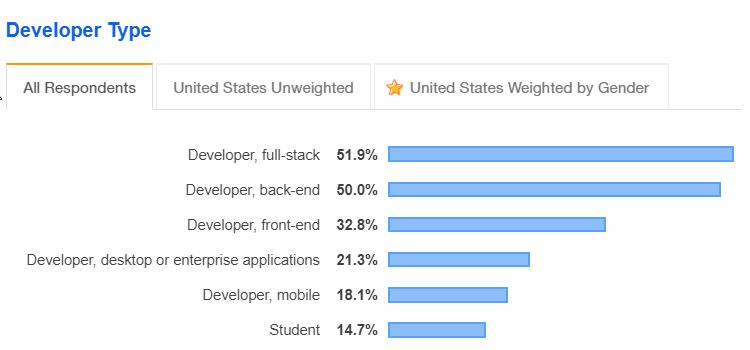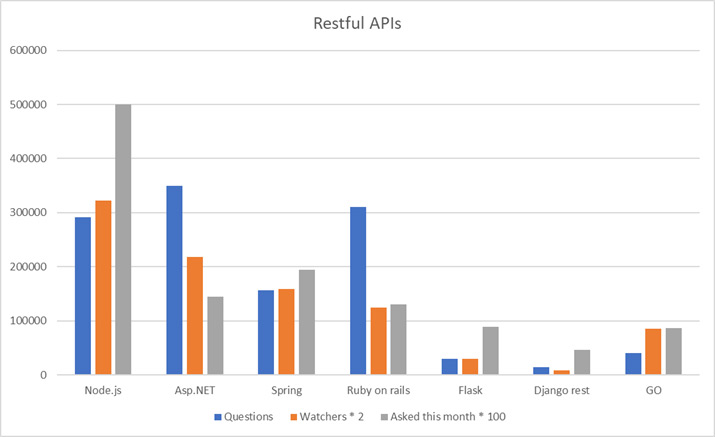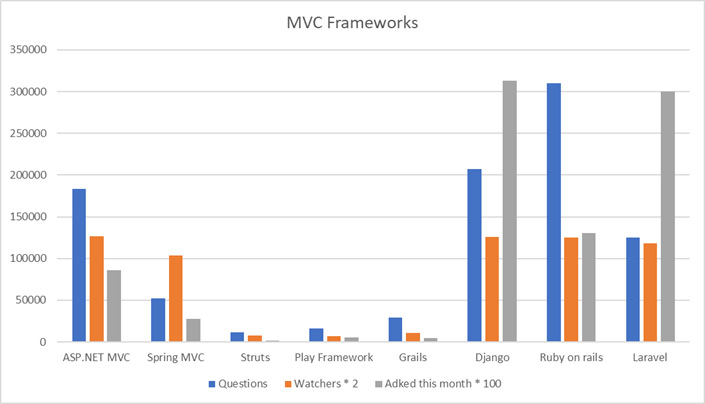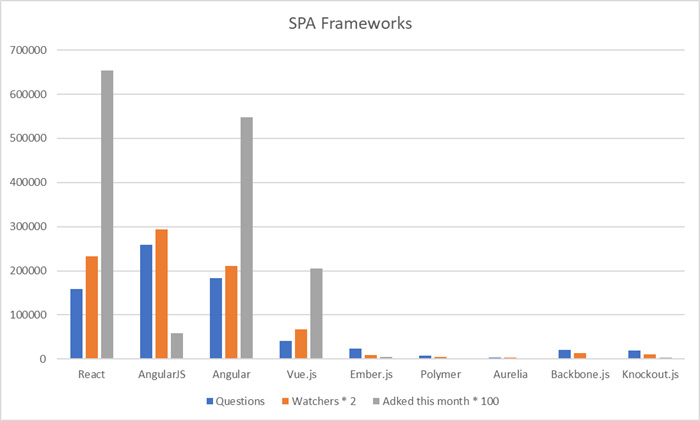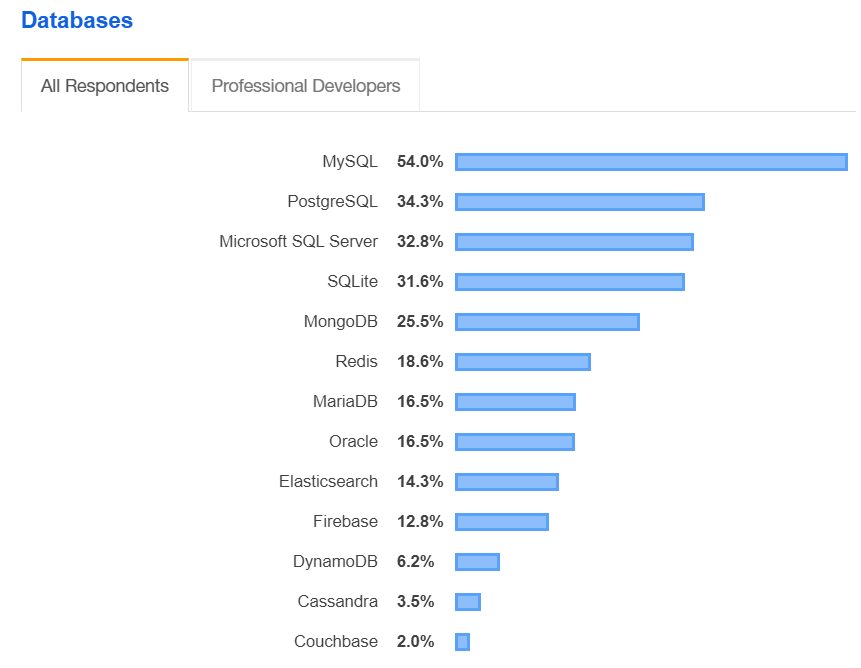Due to the increased demand for software development, IT companies now prefer to give software development project to other Software Development Company UK and around the world and we call this phenomenon Offshore Software Development.
THE IDEA BEHIND OFFSHORE SOFTWARE DEVELOPMENT:
The offshore services first began in the late 90s and today thousands of companies prefer offshore software development services. The reason is that you can give your software development project to top reputed companies around the globe.
Yes, there is no need to put the extra money to train your in-house employees while you can give your whole project to an offshore software development company.
If you are familiar with the concept of outsourcing software development, then it will be easy for you to understand the idea behind offshore software development. The offshore software development is the outsourcing of software development services from a third-party entity which is situated in a remote location off the shores of the first party’s residence.
WHY YOU SHOULD CHOOSE OFFSHORE SOFTWARE DEVELOPMENT?
As we are living in a competitive age, companies who are not preferring outsourcing are at a great loss. The reason why you should choose offshore software development services is based on its following advantages:
Increased Focus: The offshore software development let you focus on the core values which means that it allows you to outsource the less important modules of your project to a third-party developer. By this, you can focus more on the core values and the functions of the software.
Fast Delivery Speed: When you give your software development project to an experienced IT company, it becomes the responsibility of the company to provide you the product within a given time. Outsourcing the services of software development companies ensures that your project will be completed on time without compromising its quality. This is because the professional IT companies have enough experience in the software development field which makes their developers consume less time on software development.
EASY SCALABILITY:
The outsourcing of software development allows you to scale up and down according to the client’s demand. If you are planning to develop your required software in-house, let me tell you that it will cost you time, energy, and money. You have to train your employees or spend extra money on the recruitment of developers which might not be ideal for a one-time project. With offshore software development, you can hire experienced developers suitable for your software development project.
COST REDUCTION:
With offshore software development, you do not need to spend money on tools, supplies, and other resources to develop software. You do not have to hire a whole team of developers for a one-time project. Offshore software development let you choose the best developers around the globe within a suitable cost.
SAVES TIME:
As mentioned above, for In-House Software Development you need resources which may cost you a lot. Hiring developers for a one-time project is also not a good option. Therefore, offshore software development is preferred by companies as it reduces the cost of software development projects.
NO TRAINING REQUIRED:
If you outsource software development services, there is no need to train your own employees for that. Your whole team can focus on the main goal of the business while the development company will take care of the development process.
REDUCED RISKS:
The thing which you should always keep in mind that you must choose the software development services that matches your project requirement. Choosing the right software developer for your project reduces the risk of errors in software development.
Due to all these benefits, organizations seek to get offshore software development services, especially in the field of IT.
EMERGING TRENDS OF OFFSHORE SOFTWARE DEVELOPMENT:
According to the report of Statista, the offshoring and outsourcing market in 2007 reached USD 88.9 billion globally. With this elevated business in the IT industry, the outsourcing of software development is expected to rise more in the future.
As more and more companies are getting benefits outsourcing services the following are some emerging offshore software development trends to look in the present year of 2019.
- New Offshore Locations
- Enhanced Data Security
- Cloud-Computing Technology
- Excessive Use of Collaborative Tools
- Increasing Demand for Cutting-Edge Skills
- Block Chain Technology
There are countless reasons why you should shift to outsourcing including low labor and operational costs. Due to the increased demand for outsourcing software development, here are the details of top emerging trends of offshoring software development in 2019 you should know.
NEW OFFSHORE LOCATIONS:
The trend of getting offshore software development services is spreading like a fire. According to market studies, around 80% of the world’s largest companies are getting offshore software development services. As the demand for outsourcing increases, more and more tasks will be done by preferring offshore services. Today, Latin America and Asia are known to be the best offshore service providers. Moreover, the Philippines is expected to turn into famous offshoring choice due to low labor cost. It is already popular for its BPO services.
The recruitment of offshore development teams helps foreign organizations to jump-start their business. The Asian countries such as India is a prime destination for recruiting offshore software development due to the price flexibility, exceptional quality of services, and technological availability. So, if you are seeking best and professional offshore software development services the Asian countries would be a better choice for you.
ENHANCED DATA SECURITY:
The main concern of a businessman is the security of the business data. When recruiting an offshore developer, people might think about whether their company’s data is secured or not. Well, it is not bad to worry about your data security. Many organizations believe that outsourcing is an open gate to security threats and data theft as data security is not guaranteed. Poor data security can lead to the loss of leakage of trade secrets. Obviously, data security cannot be compromised. Therefore, the World Wide Web has intensified the security risks for businesses either it is getting in-house or offshore services.
The security issues can be resolved by emphasizing the need for data integrity certifications. With the increased demand for offshore software development services, security solutions are evolving to address the client’s concerns.
CLOUD-COMPUTING TECHNOLOGY:
We all are familiar with the concept of Cloud Computing as there has been around two decades since it was introduced to the world. Anyhow, in recent years cloud-computing is much popular.
According to the study conducted by the International Data Group (IDG), 69% of businesses use cloud-computing technology. Moreover, 18% of businesses are planning to implement cloud-computing technology solutions to enhance service quality. It is observed that companies that invest in cloud-technology enjoy 53% faster revenue growth as compared with other competitors.
Cloud computing guarantees a dynamic and significant increase in the overall profit of your business. Moreover, it also ensures customer satisfaction. The incorporation of cloud computing makes business reliable with most services sustaining an uptime of 99.9% on average. Because of this, all the services of your business become available 24/7. Moreover, cloud-based applications can be launched anywhere in the world at any point at any time.
Another amazing feature of cloud technology is that it offers flexible facilities which can be molded according to the requirements of the user. This means that the capacity of cloud-based services can be twisted depending on the needs of the user, which leads to the reduction of costs for the business.
Another amazing advantage of cloud computing is that it includes automated updates, enhances collaboration and security. It is estimated that cloud computing will rule over the technology world in the coming years and will become one of the dominant trends in outsourcing services. This is the reason offshore service providers are focusing on increasing productivity using cloud technologies.
EXCESSIVE USE OF COLLABORATIVE TOOLS:
The purpose of introducing collaborative tools is to help multiple people to support each other for the accomplishment of a common objective. As offshoring services are common these days, collaborative tools are excessively being used by onshore and offshore teams. These tools act as a bridge between the in-house team and offshore team and create better understandings among them. By observing the needs of today’s working environment, app developers are focusing more on developing collaborating and communication tools.
The growing trend of the usage of collaborative tools ensures businessmen that they can easily get offshore services without any disturbance. The reason is that collaborative tools lower the risk of miscommunication, manages time, and reduce cost.
The following are some collaborative tools that will be used at a large scale to build a strong offshore team:
Trello: This is a collaborative project management and storage tool. It possesses an intuitive user interface which helps team members to collaborate team members with different tasks such as the organization of attachments, conversations, and to-do lists.
JIRA: It is a software solution for offshore software development teams. JIRA helps team members to customize and modify track bugs, scrum boards, etc. It also helps to check the status of the project.
Yammer: It is an enterprise social network. Yammer mimics the collaborative environment but it is not like Facebook and Twitter etc. Basically, Yammer is a platform where team members can upload files, micro-blogs, etc. It helps team members to follow-up on discussion with other team members. In general, Yammer connects offshore and onshore team members around the globe.
INCREASING DEMAND FOR CUTTING-EDGE SKILLS:
The fast evolution in technology from Artificial Intelligence. to Block Chain and Cryptocurrency creates the need for a business to resources with cutting-edge skills to stay competitive. The demand for skilled IT workers is increasing exponentially turning companies to get offshore software development services. However, while hiring the software developers the main thing which the company considers is the soft skills and hard skills including teamwork, communication skills, leadership skills, etc.
According to studies, every third organization is looking for offshore software development services in the area of Artificial Intelligence, Machine Learning, and Cybersecurity. The outsourcing services are accelerating to facilitate global technical transformation. Due to which developers must have cutting-edge soft and hard skills to meet the competitive criteria of this digital world.
BLOCK CHAIN TECHNOLOGY:
The blockchain technology hit the road of the digital world in 2017. This trend gained popularity in Healthcare Organizations, Telecommunications Industry, Media Houses, and many others. Almost every industry is looking forward to investing in blockchain technology to enhance its business models. Along with the financial industry, the IT industry is also taking advantages of this technology. The benefits of blockchain technology include reduced costs and complexity, increased flexibility, fast speed of digital transactions and reduces the probability of data duplication.
As there is an increased call of blockchain technology among many organizations, the developers with expertise in it are going to be in high demand too. With the increased demand for Blockchain Developers, outsourcing is done by the majority of companies to find the best developer around the globe.
THE STRATEGIES BEHIND OFFSHORING SERVICES:
There is a huge number of companies which are getting offshoring software development services. The executives are developing strategies to aid outsourcing. The following are some outsourcing strategies that help the businesses to achieve maximum return on investment.
- Share the Big Picture
- Create a Culture of Belonging
- Respect Offshore Team Expertise
- Communication
- Establishment of Consistent Process
It is obvious that strategies drive the tasks. For a better understanding of offshore software development services, let’s have a look at the details of strategies behind these services.
SHARE THE BIG PICTURE:
Most of the businesses take offshore services as execution partners for temporary projects, systems or functions. This gives the offshore service providers a vague image about the goals and objectives of the client’s company. To avoid this, the company must clearly communicate about their vision with offshore service providers so that the Offshore Software Development Team feel invested in the process of developing a product. The benefit of this strategy is that this will make offshore team members focus on the client’s goals and objectives.
CREATE A CULTURE OF BELONGING:
The main problem in Offshore Software Development is miscommunication. The companies should create a culture of belonging between offshore and onshore team members so that they can work on the same goal. The client should promote a healthy engagement between onshore and offshore teams. This will result in a unified sense of belonging across time zones, borders, and hierarchies. The companies should make every team member, both onshore and offshore, feel included and appreciated so that all the team members work with their full concentration without any disruption.
RESPECT OFFSHORE TEAM EXPERTISE:
With the advancement of technology, there is a huge demand for skilled cutting-edge developers. This increased demand makes the Offshore Developers create new innovative ways to tackle a roadblock in the software development process. Some clients practice very active approach with their offshore resources which does not always give good results. Anyhow, it is significant that businesses use diverse skillset of their recruited team members. The professional approach of employees can help the business go the extra mile.
COMMUNICATION:
Whether working offshore or onshore, communication is the key to success. Many projects and companies go down just because of miscommunication. Working with an offshore team requires a lot of attention and communication because you have to deal with two different time zones. Your offshore team is a virtual team which requires effective communication. The best thing to deal with both onshore and offshore teams is to create a bridge between them. This can be done by creating an environment for communication where both onshore and offshore team members can collaborate effectively.
The collaborative tools have made communication between offshore and onshore team members too easy. Both teams can simply schedule the meetings, make notes, and communicate with each other using these collaborative tools. The use of collaborative tools reduces the friction between two teams and aid in the planning and success of the project.
ESTABLISHMENT OF CONSISTENT PROCESS:
The most common problem faced by many companies with offshoring is the risk of inconsistent process deliverable's. The software development process is implemented differently by different developers. Although the main stages of the software development process such as requirement gathering, coding, testing, etc. remain the same. The software development process gets interrupted due to the lack of these standard practices. Both the offshore and onshore team members should have a clear vision when developing software so that any hurdle in the process can be detected at the beginning of the process. The client should provide clear requirements to the offshore developers so that the risk of inconsistency can be reduced.
Offshoring Software Development Services is quite a challenging task. Because your service providers are virtual, you cannot compromise the communication. Bridging the time zones and geographical locations is the key to outsourcing any service. Offshoring services are being taken by many countries including America and Europe. The companies around the globe want to recruit the best people for a job regardless of their geographical location.
Getting up to date with evolving technological trend and provide the best services is the goal of every company. Does your company follow these trends? Do you think your business needs offshoring software development services? Or if you already getting these services do you think there is another way to make it in a better way?



